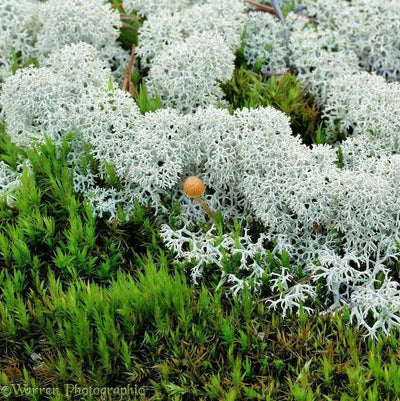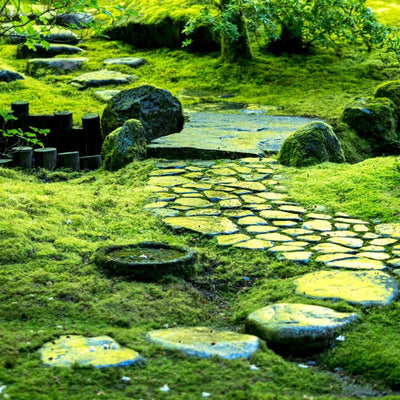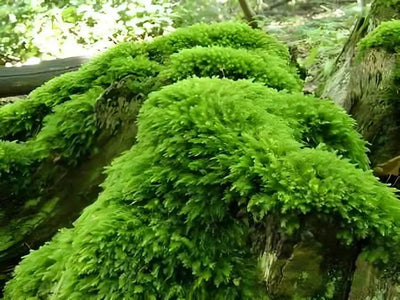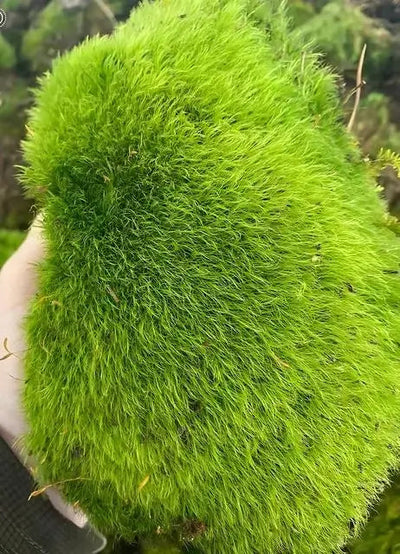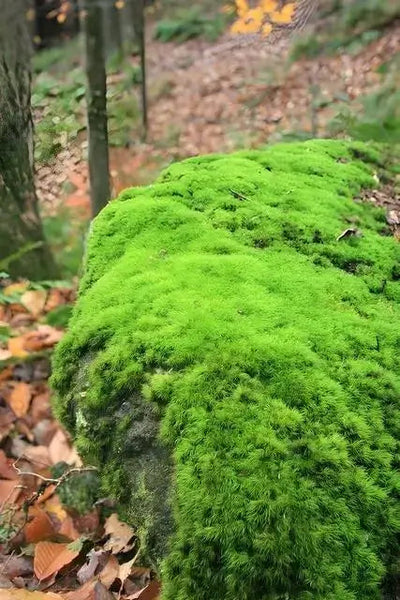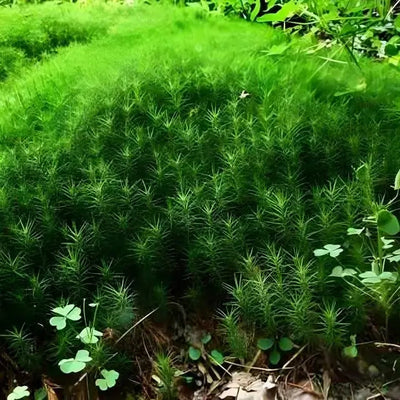
Reindeer Moss Centerpiece
Share
These tiny decorative mosses love shady locations. They can grow just about anywhere in your home or outdoors. All they need is to be moistened each day, and they will thrive no matter where you put them. Reindeer moss will remain neat looking inside any container you place it in and will make an excellent decorative piece on desks, shelves, as a centerpiece, and so much more.
What is Reindeer Moss?
This low-maintenance indoor decorative moss is a carpet-forming lichen that grows abundantly in harsh locations such as arctic and boreal regions in and around the circumpolar North. Its natural habitat is located in and around the North Pole region, where it gets its name. Its most outstanding characteristic is its highly cold-hardy nature. However, while it is well suited for and native to sub-arctic climates, it can grow well and be healthy almost anywhere.
A Plant with Many Uses
Traditionally, reindeer moss has been used in Scandinavia as a filler material for wood huts. Its widespread use is as a decorative indoor and outdoor plant. Most recently, in 2014, students at Lund University in Sweden discovered the unique sound-dampening properties of Reindeer moss. As a result of their research, it is now used in homes, offices, and sound studios for its ability to reduce noise.
Decorative Uses in Your Home
Use reindeer moss in nearly any container and place them wherever your home could use a little extra natural beauty. Use them in small decorative pots on bookshelves as spacers and as bookends. Anywhere you place them, these plants are bound to attract attention and serve as a lovely conversation piece.
Decorative Reindeer Moss Use Suggestions
- Use reindeer moss arrangements as a centerpiece on a dining room table, or coffee table
- Use reindeer moss on runner tables in hallways
- Place them on a bedside table to oxygenate the air in your sleeping area
- Combine your reindeer moss with stones, crystals, or shells for added ambiance
- Place reindeer moss in long bread dishes
- Use river wood as a container for an eye-catching naturalistic effect
- Add reindeer moss around the base of other potted plants
- Use it as a receptacle for decorative flowers
- Arrange reindeer moss with cacti, succulents, and other hearty plants
- Use preserved moss as a decorative cover for pottery or sculpture
Interesting Facts About Reindeer Moss
- These plants provide a variety of chemicals that repel herbivores, making them an excellent way to protect other nearby plants.
- These and similar lichens are believed to cover as much as 6% of the Earth's surface.
- In the right conditions, your lichens can grow to cover immense areas.
- Reindeer moss is one of the favorite foods of wild reindeer, which is where it gets its name. Caribou and moose also love to snack on these hearty and plentiful lichens.


